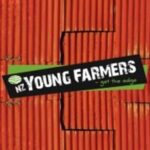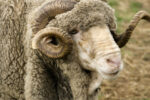Plant & Food Research joins United Fresh New Zealand Incorporated
One of New Zealand’s largest scientific research organisations has joined United Fresh New Zealand Incorporated, the country’s only pan-produce organisation. Plant & Food Research is now a member of United Fresh, which has 86 members from across the fresh produce value supply chain. United Fresh General Manager, Paula Dudley, says the organisation is looking forward to continuing its work with the highly regarded scientific institute. “United Fresh has worked closely with Plant & Food Research over the years, developing nutritional information and health claims for fresh fruit and vegetables,” she says. “Their expertise and guidance in these areas have been invaluable for United Fresh members and the industry as a whole. Now, as our members look to increase the value and production of the horticultural industry, we believe Plant & Food Research will play an important role in helping us achieve this.” New Zealand’s horticultural sector has steadily grown since the 1970s with production exceeding $7 billion for the first time in the year ending June 2014, according to the latest edition of Fresh Facts, published by Plant & Food Research and Horticulture New Zealand. Exports rose by $300 million to $3.9 billion, an increase of nearly 7 percent on the previous year. The top export destinations are Australia, USA, Japan, UK, Europe and China. Asia receives 30 percent of New Zealand’s horticultural exports. Dudley is confident New Zealand’s horticulture sector will continue to flourish, and having Plant & Food Research as a member will strengthen future growth. “Plant & Food Research aims to add value to the food industry and to food consumers,” says Dr Bruce Campbell, Chief Operating Officer at Plant & Food Research. “As a pan-industry organisation, United Fresh offers a unique insight into the whole fresh fruit and vegetable supply chain. We are looking forward to […]










